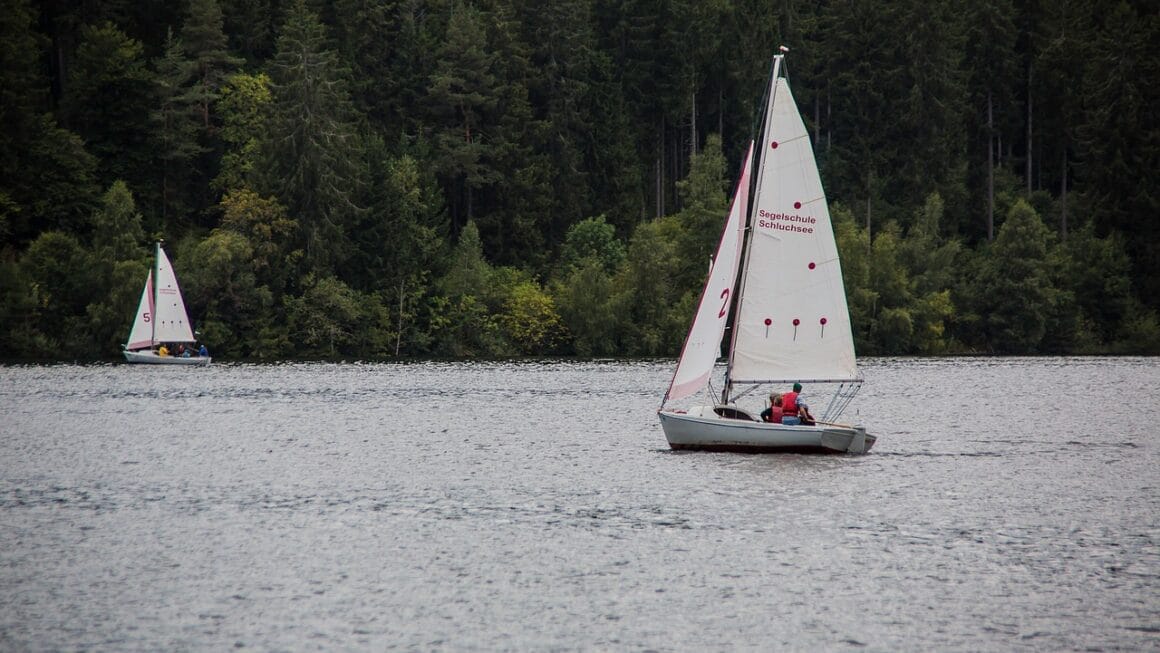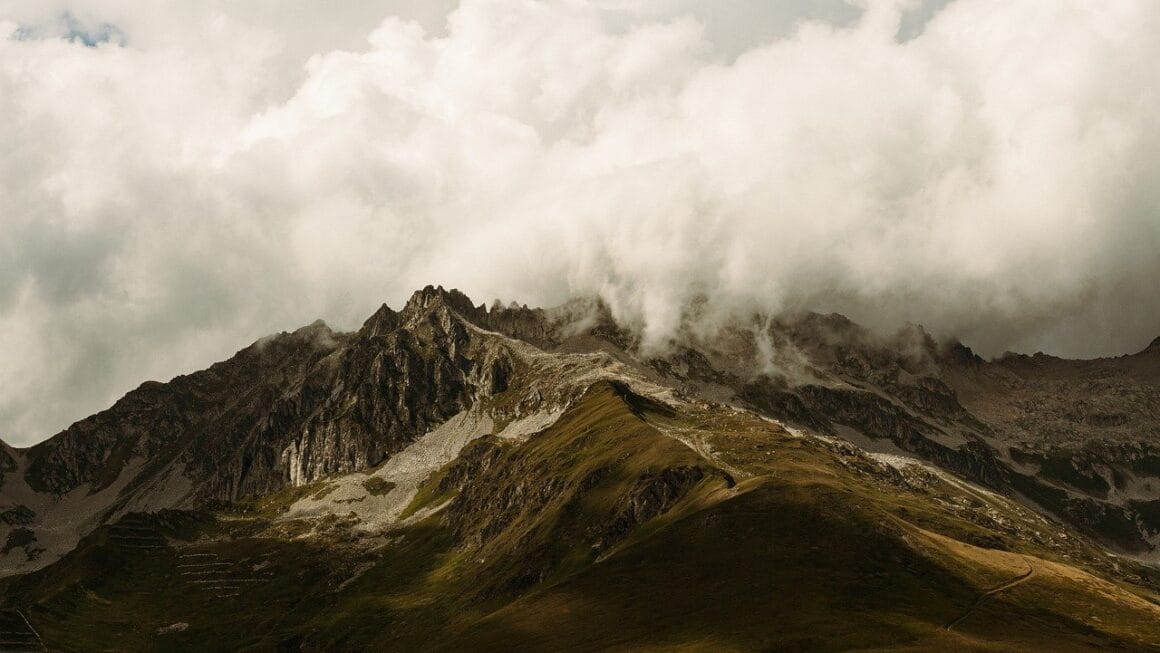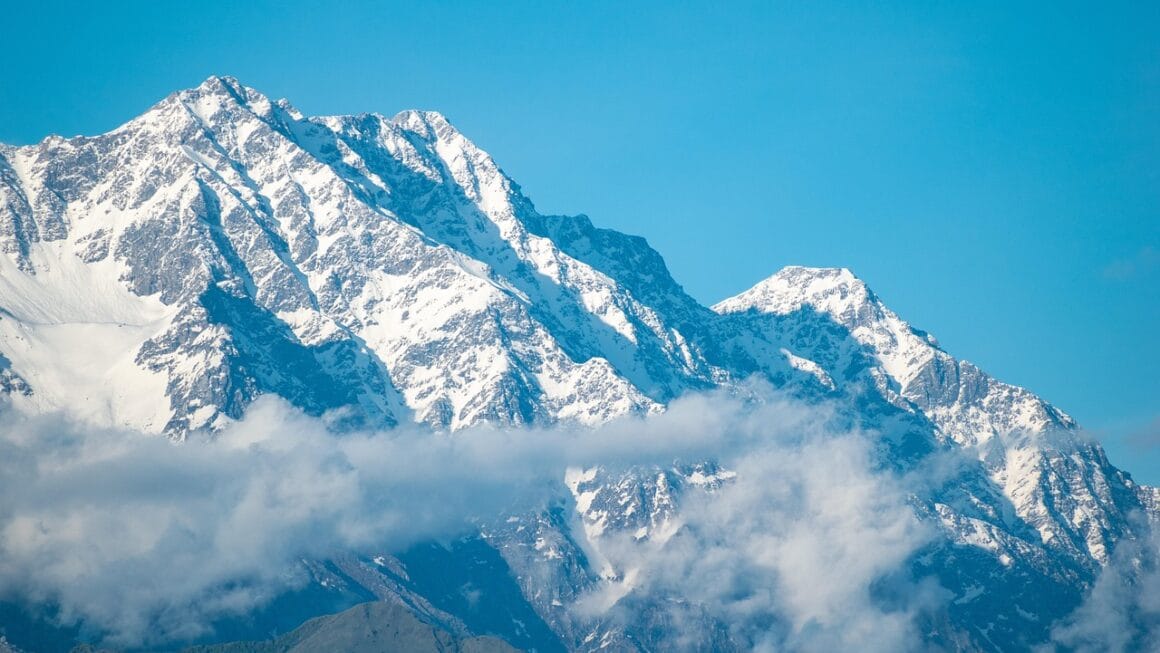Skiing is more than just a winter sport; it’s an experience. The thrill of gliding down a snow-covered mountain, the breathtaking scenery, and the cozy après-ski atmosphere make it a dream vacation for many. Planning a ski trip, however, can feel daunting. This comprehensive guide is designed to navigate you through every step, ensuring your ski travel is seamless, enjoyable, and unforgettable. From choosing the perfect resort to packing essentials and staying safe on the slopes, we’ve got you covered.
Choosing the Right Ski Destination
Selecting the ideal ski resort is crucial for a successful trip. Several factors come into play, including your skill level, budget, desired amenities, and travel preferences.
Skill Level and Terrain
- Beginners: Look for resorts with dedicated beginner areas, gentle slopes, and reputable ski schools. Resorts like Breckenridge (Colorado, USA) and Park City (Utah, USA) offer excellent beginner facilities and instruction.
- Intermediate Skiers: Seek resorts with a variety of blue runs and some challenging red runs. Whistler Blackcomb (British Columbia, Canada) and Vail (Colorado, USA) are known for their extensive intermediate terrain.
- Advanced Skiers: Consider resorts with steep slopes, off-piste opportunities, and challenging black diamond runs. Chamonix (France), Jackson Hole (Wyoming, USA), and Verbier (Switzerland) are renowned for their expert terrain.
Budget Considerations
- Accommodation: Prices vary significantly based on location, proximity to the slopes, and amenities. Consider options like hotels, condos, and vacation rentals. Booking in advance and during the off-season can often lead to better deals.
- Lift Tickets: Lift ticket prices can be a significant expense. Multi-day passes, season passes, and online purchases often offer discounts. Look into Epic Pass and Ikon Pass options for access to multiple resorts.
- Food and Drink: Eating out at ski resorts can be pricey. Consider preparing some meals in your accommodation and taking advantage of happy hour deals.
Amenities and Activities
- Ski Schools: Check for reputable ski schools with certified instructors for lessons tailored to your skill level.
- Après-Ski: Many resorts offer vibrant après-ski scenes with bars, restaurants, and live music. St. Anton (Austria) and Aspen (Colorado, USA) are well-known for their après-ski culture.
- Other Activities: Some resorts offer activities besides skiing, such as ice skating, snowshoeing, spa treatments, and shopping. Zermatt (Switzerland) and Banff (Alberta, Canada) are great examples.
- Actionable Takeaway: Research different resorts thoroughly based on your skill level, budget, and desired amenities. Read reviews, compare prices, and consider booking in advance for the best deals.
Planning Your Ski Travel
Proper planning is essential for a smooth and enjoyable ski trip. This includes transportation, accommodation, equipment rental, and travel insurance.
Transportation
- Flights: Book flights well in advance, especially during peak season, to secure the best prices. Consider flying into airports close to the resort, such as Salt Lake City (for Utah resorts) or Denver (for Colorado resorts).
- Transfers: Arrange airport transfers to the resort. Options include shuttle buses, private cars, and rental cars. Shuttle buses are often the most cost-effective option.
- Car Rental: If you plan to explore the surrounding area, consider renting a car. However, be aware of winter driving conditions and ensure your vehicle is equipped with snow tires or chains.
Accommodation
- Hotels: Offer convenience and amenities, but can be more expensive.
- Condos: Provide more space and kitchen facilities, ideal for families or groups.
- Vacation Rentals: Offer a unique and often more affordable option, especially for longer stays.
Equipment Rental
- Rental Shops: Most resorts have on-site rental shops offering skis, snowboards, boots, and poles.
- Advance Booking: Booking equipment in advance, especially during peak season, ensures availability and may offer discounts.
- Consider Bringing Your Own: If you ski regularly, consider investing in your own equipment for better fit and performance.
Travel Insurance
- Comprehensive Coverage: Ensure your travel insurance covers medical expenses, trip cancellations, lost luggage, and winter sports activities.
- Check the Fine Print: Carefully review the policy details to understand the coverage limits and exclusions.
- Actionable Takeaway: Book flights, accommodation, and equipment rental in advance, especially during peak season. Ensure you have comprehensive travel insurance that covers winter sports activities.
Packing Essentials for Skiing
Packing the right gear is crucial for comfort and safety on the slopes. Layers are key to staying warm and dry in varying weather conditions.
Clothing
- Base Layers: Moisture-wicking base layers (wool or synthetic) are essential for keeping sweat away from your skin. Examples include merino wool base layers from Icebreaker or synthetic base layers from Patagonia.
- Mid Layers: Fleece jackets or insulated vests provide warmth. A lightweight down jacket is a versatile option.
- Outer Layers: Waterproof and windproof ski jacket and pants are essential for protecting you from the elements. Look for jackets with features like a powder skirt and adjustable hood. Brands like Arc’teryx and The North Face offer high-quality ski jackets and pants.
- Socks: Ski-specific socks are designed to provide warmth and cushioning without bunching up in your boots.
- Gloves/Mittens: Waterproof and insulated gloves or mittens are essential. Mittens tend to be warmer than gloves.
Accessories
- Helmet: A helmet is crucial for safety.
- Goggles: Protect your eyes from the sun, wind, and snow. Choose goggles with interchangeable lenses for different weather conditions.
- Sunscreen and Lip Balm: The sun is strong at high altitudes.
- Neck Gaiter/Buff: Protects your face and neck from the cold.
Other Essentials
- Hand and Foot Warmers: Provide extra warmth on cold days.
- Backpack: A small backpack can carry water, snacks, and extra layers.
- First-Aid Kit: Include essentials like bandages, pain relievers, and blister treatment.
- Actionable Takeaway: Pack in layers to adjust to varying weather conditions. Don’t forget essential accessories like a helmet, goggles, sunscreen, and lip balm.
Staying Safe on the Slopes
Safety should be your top priority when skiing. Understanding the risks and taking precautions can help prevent accidents.
Skiing Etiquette
- Control Your Speed: Always ski within your ability level and be aware of other skiers around you.
- Look Uphill Before Starting: Ensure it’s safe before starting down the slope or merging onto a trail.
- Yield to Downhill Skiers: Skiers uphill have the responsibility to avoid collisions with those downhill.
- Obey Signage: Pay attention to trail markers and warnings.
Avalanche Awareness
- Check Avalanche Conditions: Before venturing off-piste, check the avalanche forecast and be aware of the risks.
- Carry Avalanche Safety Gear: If skiing in avalanche terrain, carry a transceiver, shovel, and probe, and know how to use them.
- Ski with a Partner: Never ski alone in avalanche terrain.
Physical Conditioning
- Warm-Up: Before hitting the slopes, do some warm-up exercises to prepare your muscles.
- Stay Hydrated: Drink plenty of water throughout the day.
- Take Breaks: Avoid fatigue by taking regular breaks.
Altitude Sickness
- Acclimatize Gradually: If coming from a lower altitude, spend a day or two at the resort to acclimatize before skiing.
- Drink Plenty of Water: Staying hydrated can help prevent altitude sickness.
- Avoid Alcohol: Alcohol can worsen altitude sickness symptoms.
- Actionable Takeaway: Familiarize yourself with skiing etiquette, be aware of avalanche risks, and stay physically conditioned. Take precautions to prevent altitude sickness.
Conclusion
Ski travel is a rewarding and invigorating experience that provides lasting memories. By carefully planning your trip, choosing the right destination, packing essential gear, and prioritizing safety, you can ensure a fantastic and worry-free adventure. Whether you’re a seasoned pro or a beginner, the mountains offer something for everyone. So, gear up, hit the slopes, and enjoy the magic of winter!




